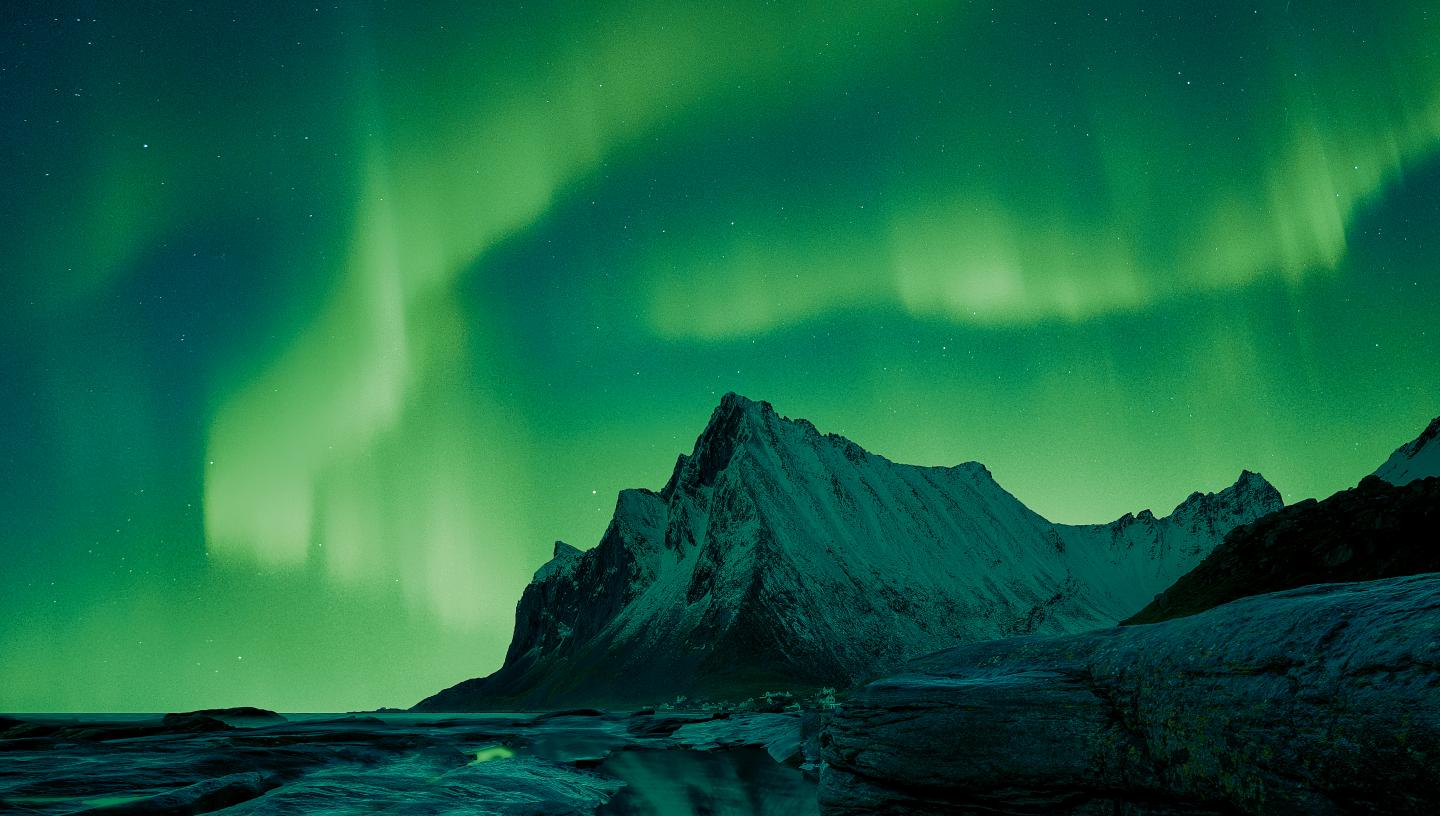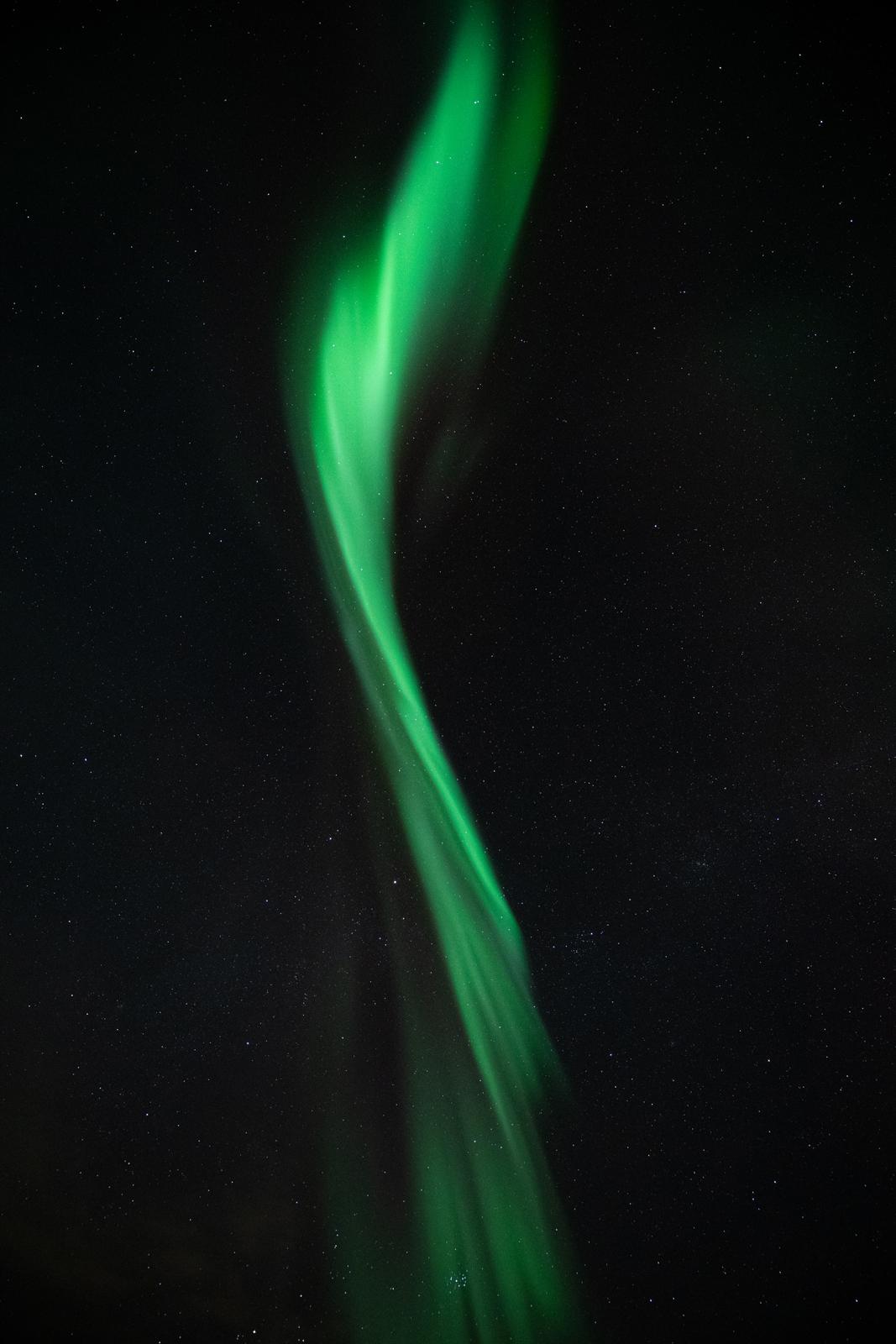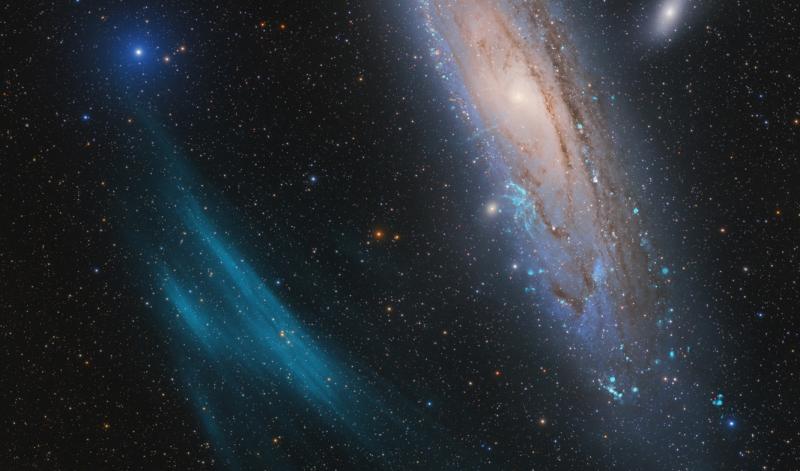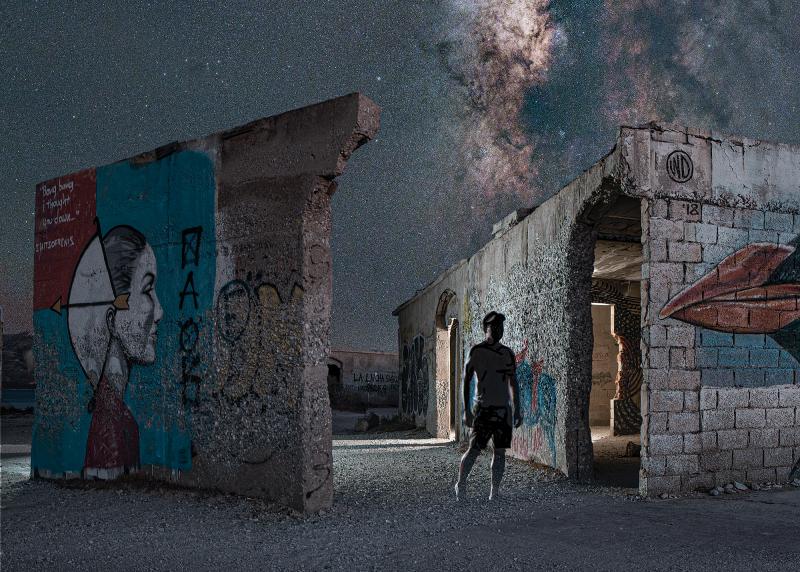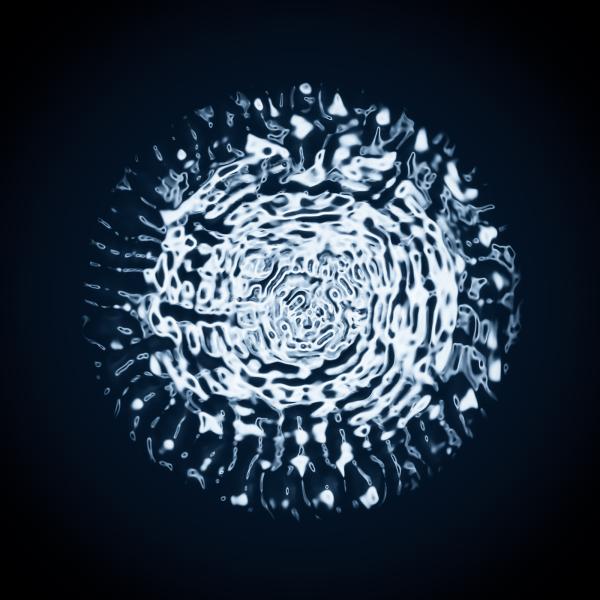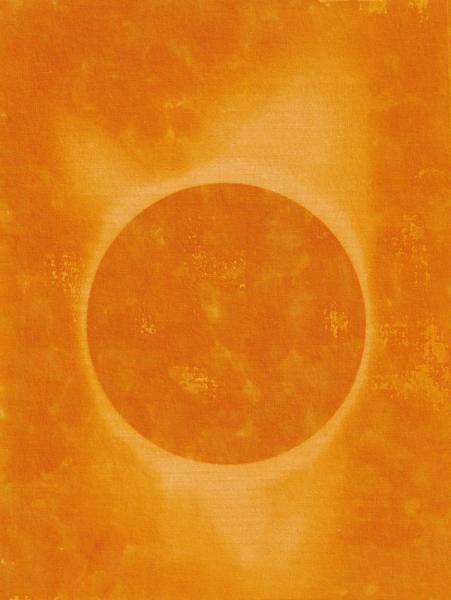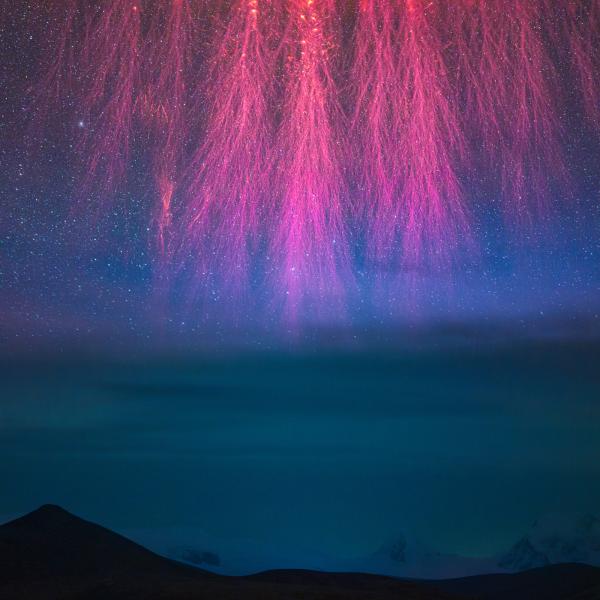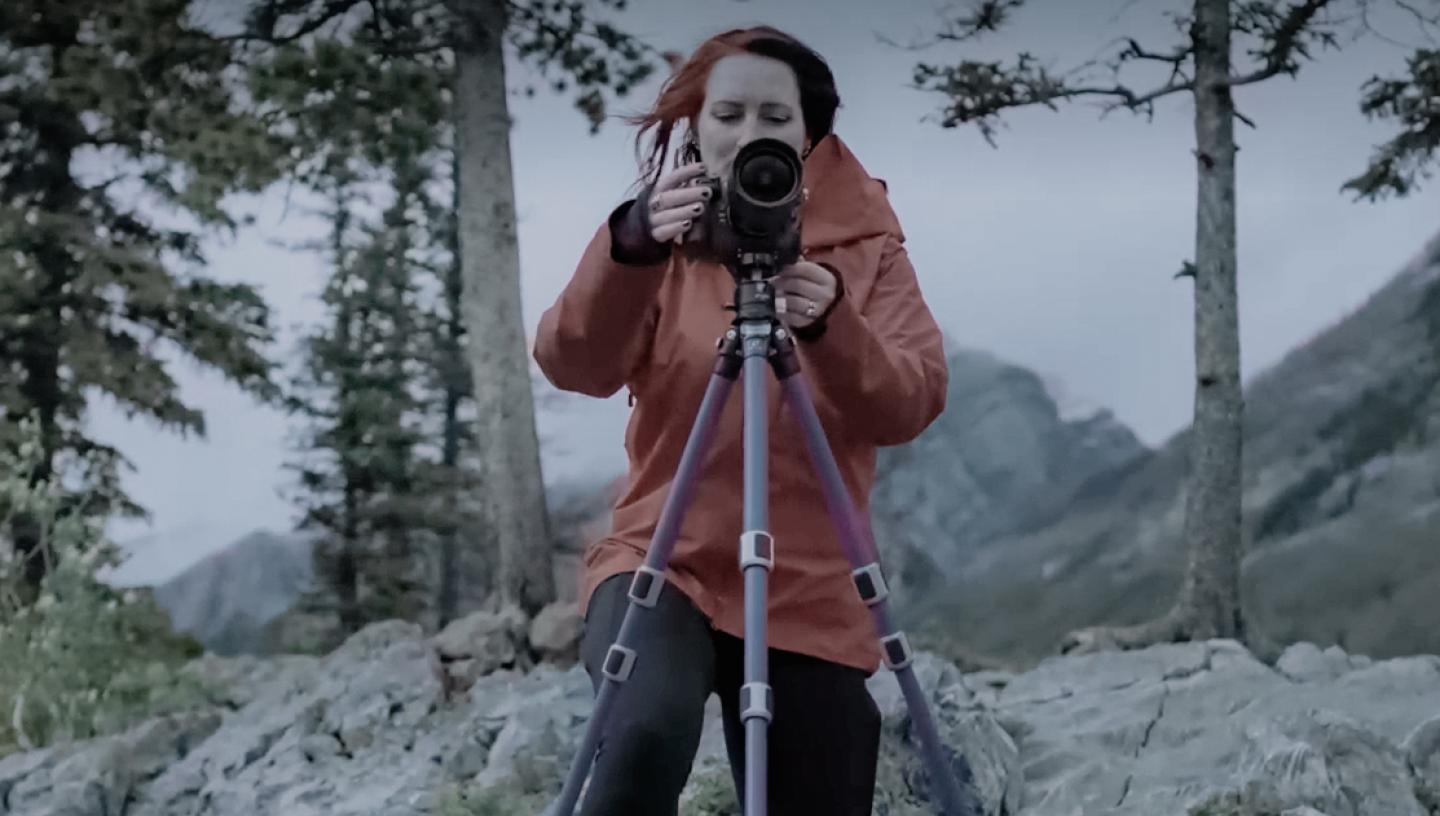
In Monika Deviat's photograph Brushstroke, the aurora dancing above the Finnish sky resembles a twisting trail of green paint.
The image won the Aurorae category of Astronomy Photographer of the Year 2023, its isolated beauty capturing the judges’ imagination.
At first glance the photograph appears effortless, a flickering light in a deep black sky. But look a little longer and Monika’s mastery of her equipment, as well as the skill required to capture the unpredictable and ever-changing aurora, starts to become clear.
We caught up with Monika to learn more about the process of capturing Brushstroke: how her interests in pole dancing and heavy metal inform her photography, and how astronomy photography makes her feel a deep affinity with nature.
What do you enjoy about watching and photographing aurorae?
Living in Alberta, I’m at a fantastic latitude for shooting both the Milky Way and Northern Lights.
The Northern Lights are a challenge to capture and to see, and it's always a different show every time, you don't know what structures or features will happen. It's fascinating to watch them, and it's fascinating to capture a single moment of the dance.
When you’re out capturing the Northern Lights, you can't see the colours with your eyes, because you're using your rods in the dark instead of your cones. The camera will capture colours we can't see and that's absolutely amazing.
But the camera, even in a time lapse or video, still doesn't truly capture the dance, so to be able to watch that as well as photograph it makes the experience unique and special.
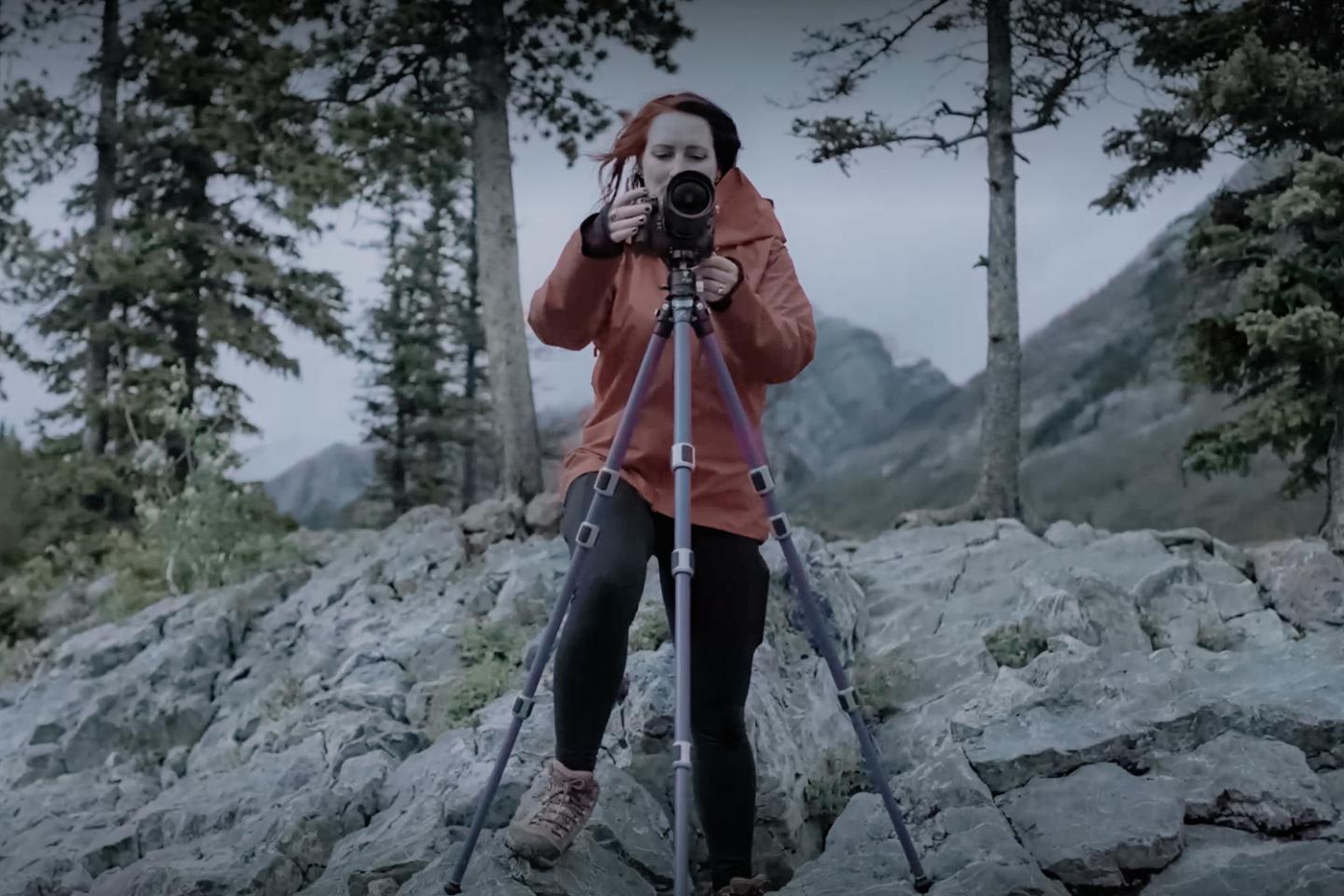
How do you pick a location for your aurora photography?
Finding an interesting location if you're going to include a foreground is often what makes an image. When I'm going out to shoot the Northern Lights, I usually have a few locations in mind and I'm looking for clear skies.
Weather is a really big challenge; you can have extreme winds, you can have snow, you can have rain, you can have full cloud. If there's a good opportunity for a show, I'm willing to drive quite a way to find a clear sky window, and it's usually worth it.
I do quite a bit of travelling around Alberta, just to be able to shoot in different areas like the Rocky Mountains or the Badlands or the Prairies. And recently, I've been trying to also travel around the world a little bit to see different landscapes, have different opportunities. For example, in Finland you're almost guaranteed to see the Northern Lights as long as it's clear.

How did you take Brushstroke?
Brushstroke was taken at the end of a Northern Lights show in Utsjoki, Finland. I was one of the last people standing as it was quite cold, around minus 25 Celsius. The lights had actually disappeared from view for a while, they went south to Helsinki and when they came back they were beautiful, greens, purples, reds. And then I noticed this structure starting to form.
Brushstroke was captured fairly quickly, I was watching the structure forming and I was slowly tipping my camera up trying to frame it, trying to find the interesting moment. I quickly adjusted my camera so that the landscape was cut out to just capture the shape. I was using a 14 millimetre focal length, as wide as I could go, and it almost didn't capture the entire structure.
I think that whole sequence might have lasted a minute. It was a very brief moment, so I had to work quickly to try to capture it before the whole structure changed and it no longer worked. The Northern Lights are constantly changing, every moment is fleeting as you're photographing them.
Looking at the raw file, I was already pretty excited about the image. It was unique, it's not your usual aurora abstract, which is quite often a corona. Something I'm always after in my night images is to get something unique, whether that's because of the location, or how I've composed the image, or how I frame something, and this one really felt special to me.

What got you into astrophotography?
I started out as a concert photographer, mainly shooting heavy metal bands. That's the music that I love; the music is loud and intense and the shows are quite often a spectacle. Concerts are dark, you need good low-light gear to photograph a live show, and that's similar to photographing a night sky subject.
Quite often I was going out to shoot concerts by myself, so I think that also translated to going out to shoot the Northern Lights, I was used to doing photography on my own.
Night photography was the first genre of nature photography that I ever tried. It led me to landscape photography, wildlife, adventure, and it's also the reason I started hiking and scrambling in the Canadian Rockies.
It's curious how I started out photographing heavy metal bands, which are quite loud and intense, in big crowds, to then photographing the night sky where there's no one and it's perfectly quiet.
Were there any particular challenges to getting into astrophotography?
When I started in astrophotography, I didn't really see myself represented, there weren't a lot of women doing astrophotography. And there weren't a lot of women that were visible in the space putting themselves out there, whether it's just showing their work or teaching in some aspect.
It was a very male-dominated genre, but I didn't let that stop me, it was something I was very interested in and curious about. And I fell in love with it, it completely changed my life.
I'm very happy to see that this has been changing and there's more diversity in this genre. I think that's very important to any sort of creative endeavour, each person will bring something of themselves.
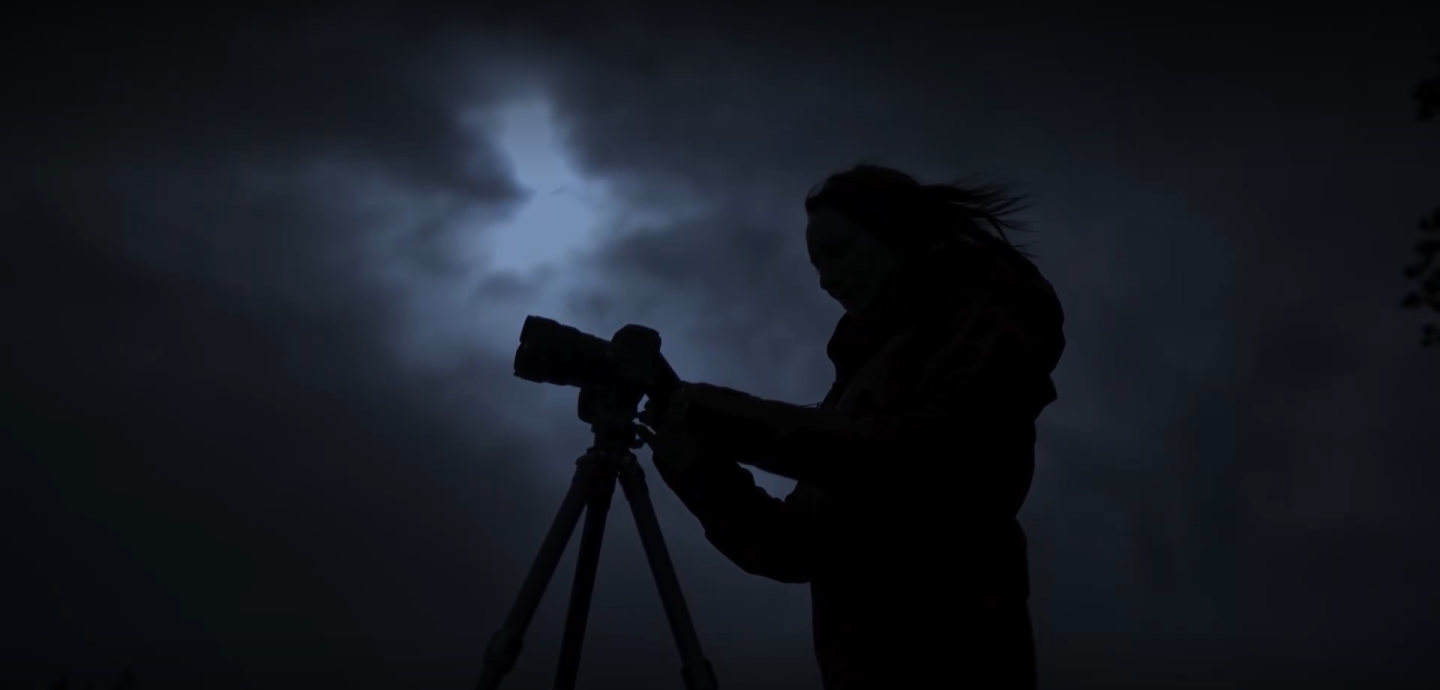
How do you feel being out at nighttime?
The world at night has its own unique set of challenges. You can go scouting during the day and plant some ideas, but then you go back at nighttime, and it just feels different, looks different. And it's quite fun to capture that and to be able to present it to other people.
When I'm standing under a star-filled night sky, whether there's aurora happening or I can see the Milky Way core, is the most peaceful experience, even if it's extremely windy and cold.
The best moments really are the ones that are out in the field. That's when I'm the happiest, that's when I'm most peaceful.
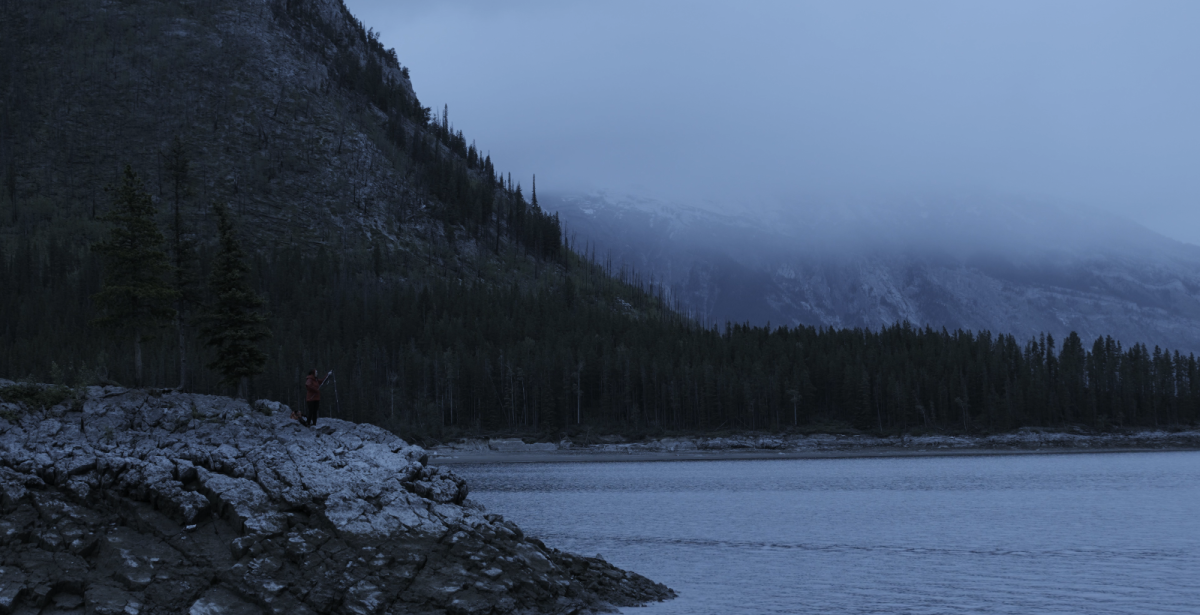
Do you enjoy photographing on your own?
I'm a very introverted person, so I found that going out in nature, in that quiet, even with friends, is a good way to recharge.
I think being an introvert has really benefitted me as a night photographer. I've always been independent, I enjoy being alone. And so if there's an opportunity to go shoot the Milky Way or Northern Lights and there's no one else to go with, I'm happy to take advantage of that opportunity - I feel comfortable doing that.
My images create connections, even when I've been out all night by myself. There will be a social aspect afterwards as there is a large astrophotography community. If you're willing to share your images and be part of that community, you'll never be alone.
How does astrophotography complement your other interests?
I'm not just a photographer; I'm also a speaker, writer, educator, metalhead, and a pole dancing and circus athlete and instructor. I sometimes refer to myself as an oddball! I have quite a mix of interests, but I bring it all together.
I was drawn to pole dancing because of the strength side of it, then I realised there was so much freedom in pole dancing, I could bring in my heavy metal side and I could create routines to heavy metal songs. I've competed and won using a Slayer song, I've performed at heavy metal festivals. I wasn't restricted to any sort of music or genre or style.
All of these interests have influenced my photography and somehow come together in my images.
I think what I'm drawn to in pole dancing, heavy metal and photographing the Northern Lights is the ability to be free to express myself and my own creativity.

What do you hope people take from your photo when they see it in the exhibition?
I'm very fortunate in Alberta that we have so many dark sky areas; so many people aren't able to see something like the Northern Lights or the Milky Way.
And because of photography, because of people sharing their photos, even on social media, others are now more interested in this and being able to see them. This also brings awareness to issues like light pollution and sprawling cities.
I think the more of us that are out there capturing and sharing nature, it will bring more awareness to things like ‘leave no trace’ principles, preserving our natural world, and sustainability.
But I also want people to take whatever they want or need from those images. Whether it's just looking at a beautiful picture, or being inspired to go out and try it themselves, or being inspired to go out for a hike.
What advice would you give to someone interested in taking up astrophotography?
If you're thinking about trying astrophotography, I would highly recommend it, it's such a unique experience.
Night photography is probably one of the most difficult genres, but that shouldn't deter anyone. It might take a little bit more work, but you can learn how to do it.
It may be challenging, but it could change your life and the lives of many other people, especially if you're willing to be visible in the space.
You don't necessarily need specific gear for it, you can practice with whatever you have. Of course certain gear will help you, just based on the limitation of cameras and lenses, but if you just want to try it, if you want to get started, you can probably go with whatever you have right now.
Even if you don't see yourself represented in the genre, subject or activity you would like to explore or try out, make space for yourself.
